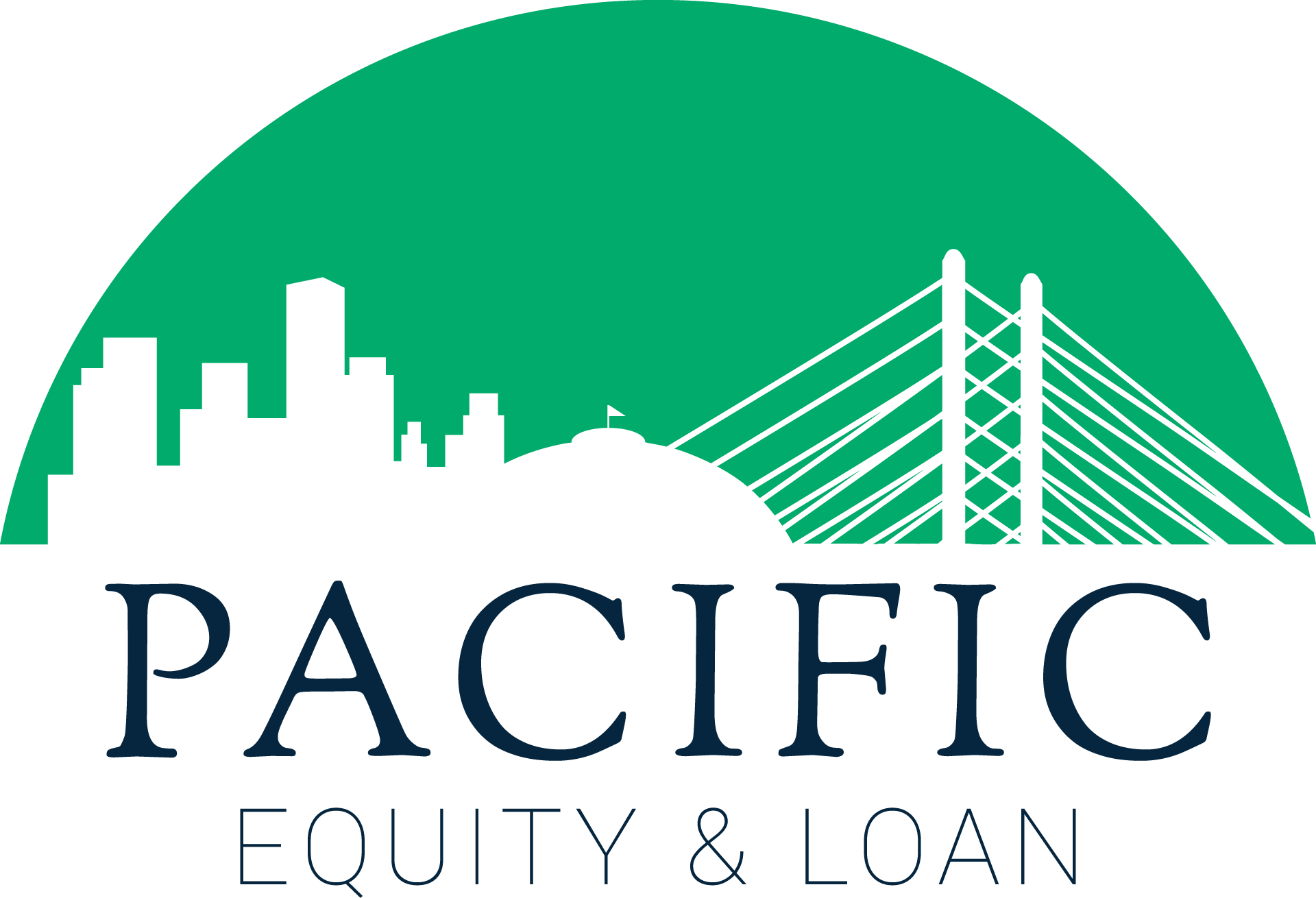What is a Scope of Work?
The scope of work for a real estate investment project is one of the most important parts of an agreement between a borrower and a lender. But what is a scope of work and how do you make one?

When taking out a fix & flip or new construction loan, your lender will require you to provide them with the scope of work for your project. The scope of work is often referred to as SOW and it is an agreement between you and your lender of the work to be performed throughout the project. A SOW is used to outline the work required for the project, who is responsible for completing each part of the project, the project schedule, and any other necessary details to note in order for the project to run smoothly.
What Does a Scope of Work Include?
A typical SOW typically includes five (5) elements:
- Project Overview: A summary of the project plans and a list of key objectives to be achieved throughout the project. This part should be as specific as possible (i.e. material types, finishes (brass, stainless steel, etc.), appliance types (preferably model numbers). It is also important to include here any changes you intend to make on the property. Whether it’s adding bedrooms, bathrooms, converting unfinished square footage to livable square footage or physically adding more to the property.
- Project Deliverables and Milestones: This section of the SOW is where you give a detailed description of all the project goals to be reached throughout the lifespan of the project. It is intended to give the contractor all the relevant information needed in order to understand the project requirements.
- Project Scope: This is where the essential details of the project are proposed such as quantifiable data (budget, draws) and technical specifications. Your draw schedule should be included here (more on this later).
A quick thing to mention from a lender’s standpoint, it is important to implement a contingency budget line item that is equal to or greater than 5% of your total rehab or construction budget. The reason for this is not only to cover any unforeseen expenses that are bound to come when flipping or constructing a house but it is a requirement for the lender’s underwriting guidelines.
- Project Schedule: A projected timeline of the general tasks to be completed throughout the course of the project. This includes delivery dates and length of the entire project.
- Project Management: This part of the SOW defines the administrative procedures of the project such as payment information, how changes to the contract will be handled, and legal requirements.

SOW and Draws
It was mentioned earlier that you must include your draw schedule when scheduling your project. A draw schedule breaks down for the lender how many draws you intend to take during the duration of the project, and what each draw intends to cover. This is extremely important to do accurately. If there is any part that is unclear in your draw schedule, i.e., a typo or a wrong budget amount, there is a higher likelihood of getting underfunded or having your funds delayed.
Also for draws, you will want to include draw fees as a line item. This is because each time you need to request a draw to be reimbursed for the work done on the property, there is a fee. So, for each draw you intend to take throughout the course of your project, you must multiply it by whatever that fee is for each draw request and put that total as your budget for the draw fees line item. For example, at Pacific Equity & Loan, our draw fee is $160. Say you are planning on taking our 10 draws with us. You would multiply $160 by 10 for a total of $1600 as your draw fee budget.
What Makes a Good Scope of Work?
Having a good SOW can lower the likelihood of payment disputes, project delays, and defects on the project. It contains enough details so that everyone on the project can be on the same track. This is especially important when it comes to draws. This is because a strong SOW directly correlates with a clean and smooth draw process. However, there are a few things that separate a bad SOW and a good SOW.

First of all, it is critical to be specific when writing your SOW. By specifically defining what certain terms mean, you save everyone involved from unnecessary confusion. While some people may know construction terms from heart, others may need obvious explanations to keep them on the same page. The same goes for defining who does what on the project and by when they should do it. That way, everyone on the project is organized and miscommunication and disputes are eliminated.
Next, you need visuals to show what your project will look like once everything stated on the SOW has been completed. This will allow both you and the lender to have an accurate idea of what the money invested into the project will create. By using visuals, you help avoid any misinterpretation of what you and the lender expect the outcome of the project to look like.
Lastly, you need sign-offs from the authorized approvers for each objective of the project including critical milestones and deliverables. By having these sign-offs, all parties involved are saying that they agree with the individual aspects of the project. When everyone agrees to the goals of the SOW, it protects the parties from any disputes that may arise after the project commences.
Conclusion and SOW Template
To conclude, when conducting a real estate investment project such as a fix & flip or new construction, it is vital to develop a clear scope of work. Not only is it required by your lender, but it helps everyone involved to understand the goals of the project and how those goals will be achieved. A SOW includes the project overview, project deliverables, project scope, project schedule, and project management. There are things that separate a bad SOW from a good SOW. Through being specific, including visuals, getting sign-offs, and having a clear draw schedule on your SOW, you will save all parties from unnecessary disputes and miscommunication.
Wondering where to start? Don’t worry, just sign up for our newsletter below and we will send you a FREE SOW template with everything you need to get started creating your scope of work for your real estate investment next project.






